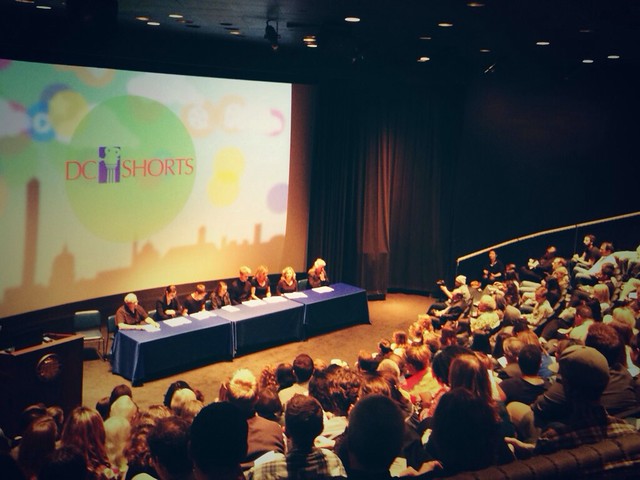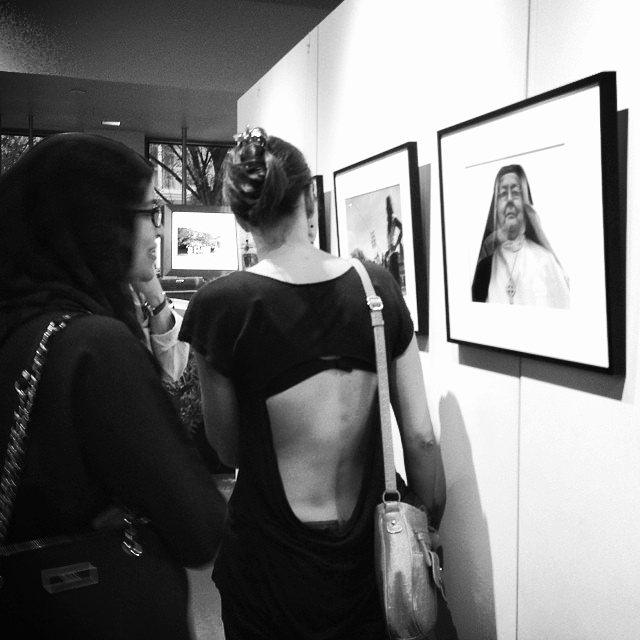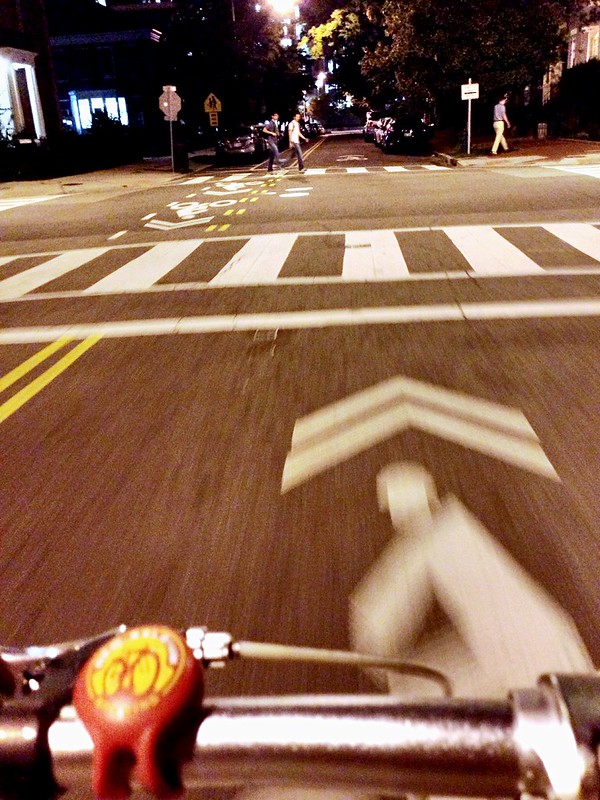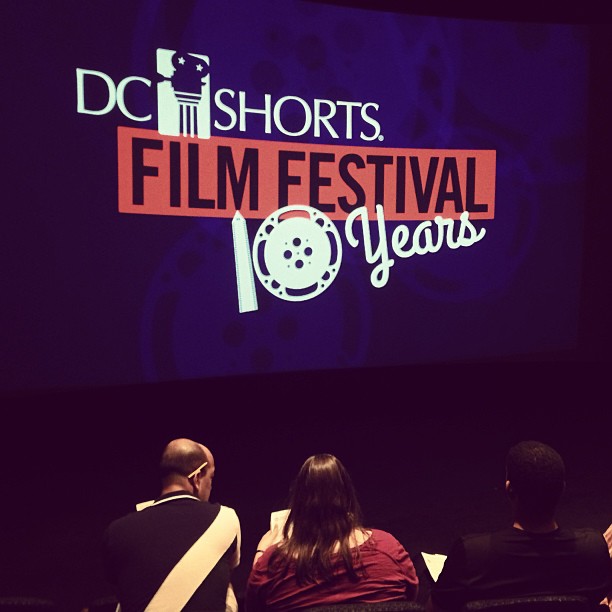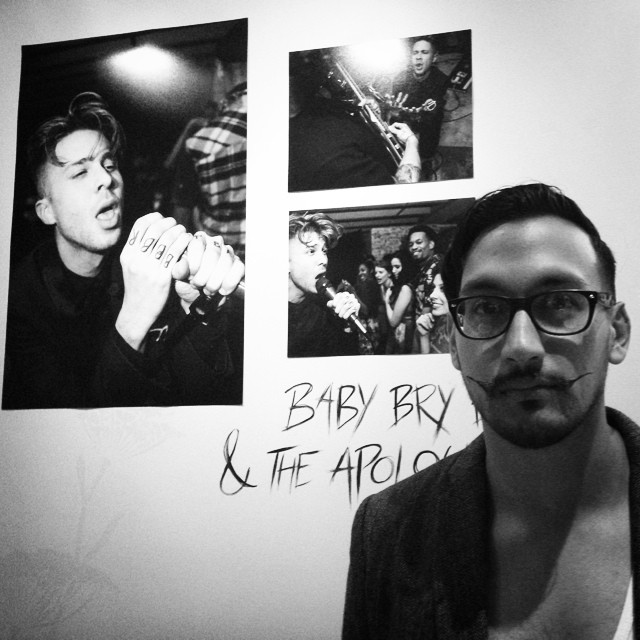There’s an interesting post by Ben Balter on why government doesn’t use open source. It’s a good read, in which Balter presents all the reasons why government doesn’t use open-source software for its web sites, from the demand for enterprise solutions to a desire to avoid transparency (really).
Why is government so bad at building web sites? Why do they frequently build nonfunctional monstrosities like healthcare.gov, with its price of $840 million (and growing)?
Because there is no Web Department in government. There is no Web Development Corps of dedicated usability specialists, designers and editors. There is no government-wide web strategy.
Instead, government web sites are built ad hoc, created by individual agencies with wildly varying degrees of competence. Some are good. Others look straight out of the 90s. There is no standard design nor is there a standard platform. Instead, every agency builds what they want, with only a cursory nod toward the needs of the public.
These web sites are largely built by contractors, with names that sound vaguely Greek, like Synergos, or sound high-tech, like Advanced TechnoData Inc (ATDI, for short). These companies exist solely to win government contracts. They’re experts at it, and form and reform, based upon government requirements. If there’s a contract that asks for a small, disadvantaged business with a transgendered Intuit at the helm, then that company will come into being.
In their protean stage, these companies are little more than a sign on an office door and a web site filled with stock photos of happy tech workers. To succeed, they have to win contracts. For that, they have specialists in responding to Requests for Proposals (RFPs). These specialists are expert at analyzing RFPs and then parroting back the requirements in the most convoluted and voluminous manner possible. These responses go back to government, which analyzes them, and then selects the lowest bidder.
Congratulations – your company has won an RFP. You promised you’d build a web site. Now you have to hire the people to do the work. Why don’t you have them on staff? Because you have no money to pay anyone until you win a contract. So, you go out and hire them – quickly. You want them on site and billing, so that you can get your money.
But it’s hard to get good help, especially when it comes to developers. You do the best you can, optimizing for speed and price over skills and experience. Better to get a cheap developer today then spend six months trying to woo top talent.
You created a beautiful Gantt chart, one with different colors for every week of the web development process – and it’s all gone to hell. Recruiting takes longer than anticipated – people have families, other jobs and they can’t start immediately, as much as you want them too. And just getting them into a government building is a chore – you need a person just handling the paperwork. Getting your staff computers and software from unresponsive government IT departments takes even longer.
Along the way, you decide on a Content Management System (CMS). Maybe you were strongly encouraged by the government CIO. He goes to big conferences sponsored by big software companies, ones that he hopes to join. He has a preferred CMS.
So, you ask your developers, “Can this CMS do what we want?” Of course they say yes – what else are they going to say? Their jobs depend on it.
You spend months in the planning stage. Wireframes are presented to rooms full of feds. Designs are revised endlessly. Everyone offers opinions but authority is elusive.
You move forward, months late. The build phase is a trainwreck. It’s where plans collide with reality. You find out you can’t put a button there and that the slideshow isn’t Sec. 508 compliant and that it’s not clear who’s going to write all this content anyway.
But the money is flowing. Your people, though they may be frustrated, are billing 40 hours a week. The COTR (Contracting Officers Technical Representative) is happy. His job is to make sure that the money is being spent. It’s a game where you don’t want to have any funds left at the end of the year.
Dog and pony shows are put on for senior management. You don’t show them the actual site (which doesn’t work) but you show mockups to people working on Blackberries.
Developers work late into the night hacking the thing together. It’s a big mess of ugly code, workarounds around workarounds, but it should hold up, provided you don’t get too many visitors.
You launch. It doesn’t suck. It works, kinda. You have a pizza party in the break room. The developers are surly, as if they hate the site, the process, you, everything. The feds hardly seem to notice their new site. And the public, well, their emails of complaint go into an unmonitored inbox.
While the web site may not be perfect, and it may be impossible to update (thanks to your CMS choice), the important thing is that the money was spent. It’s good enough for government work. The thought cheers you, as you pull into the driveway of your McMansion, paid for with taxpayer dollars.
